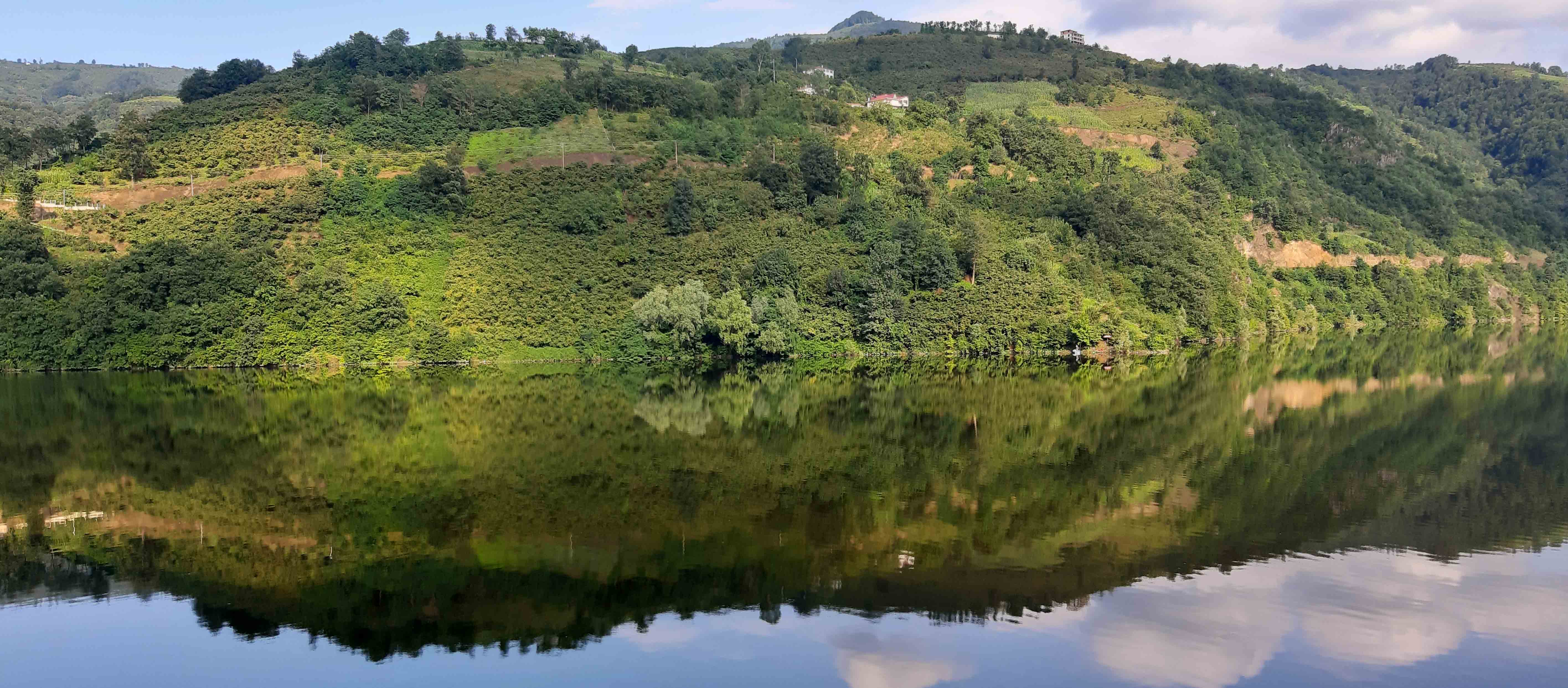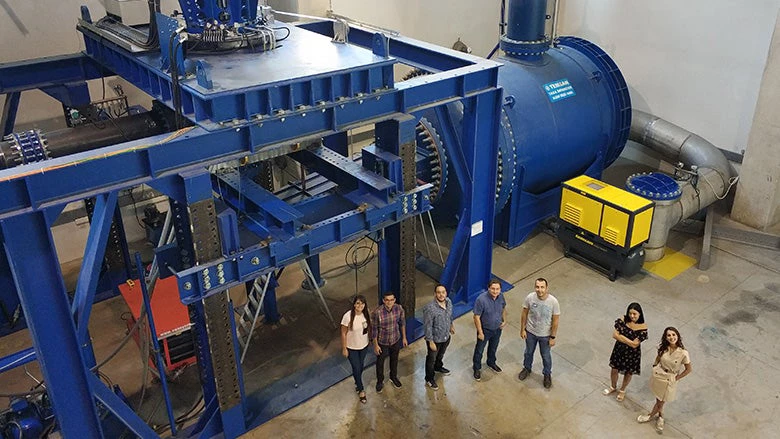 Yeşilırmak river
Yeşilırmak river
Nestled in the mountains surrounding the lush path carved by the Yeşilırmak river, the Hasan Uğurlu Hydropower Plant serves as a shrine to energy efficiency in Turkey. The surrounding lush greenery seems uninterrupted, save for a lonesome few settlements. However, somewhere in this vast expanse - marked by signs half obscured by vines slowly overtaking the terrain - is the entrance to the plant, home, for the day, to one of the busiest World Bank projects in the country.
It is early August and some 10 experts are carrying out energy efficiency tests. Hasan Uğurlu is one of 18 hydropower plants undergoing mechanical and electrical assessments and turbine efficiency tests, as part of the Energy Efficiency in Electricity Generation Project. The project, financed by the European Union (EU) and administered by the World Bank, is the second such project with the country’s largest electricity power company – the Electricity Generation Company (EÜAŞ).
The main drive for the project comes from the reality that hydro will continue play a pivotal role in the overall success of green efforts in the country. Even moderate energy savings would translate into huge savings for the country. Therefore, ensuring the life of hydropower plants, like Hasan Uğurlu, is central for Turkey’s sustainable energy future. For some plants this will call for little more than general maintenance. For others, it will mean extensive upgrades, improvements, or even repowering. In any case, our work begins with understanding the current condition in plants and the Energy Efficiency in Power Generation project represents the very first step of this long journey.
Construction of the Hasan Uğurlu began in 1971 and was fully funded by Japan. Assessing the equipment in a plant like Hasan Uğurlu, where documents are already 50 years old and in a different language, requires what can best be called a bit of ‘reverse engineering’ – mentally deconstructing the unit to reveal its designs and explain how it works.
It is loud and stifling work. The powerhouse of Hasan Uğurlu is fully embedded in the mountains rising around the river and burrows 45 meters into the ground, encompassing several floors. Once the turbines are given the green light, the underground rooms heat up and the sounds from the generator, turbine, and flowing water become deafening. However, the project team remains undeterred. As I and the roughly 20 other people crowd around various monitors showing real time data from the turbines, we are suddenly with an unexpected surprise: a group of students from the TOBB University Hydro Energy Research Center join us, giving an additional nod to Turkey’s energy future.
Foundations for a Greener Future
The TOBB University houses the world’s biggest model turbine design and test center (2 MW capacity) and serves as recognition of the value hydropower can play in the country’s future. Some 20 students have already bolstered their theses through field experience and data analysis and today’s group was extensively involved in our efforts to assess the plant through reverse engineering.
The Energy Efficiency in Electricity Generation Project offers an unmatched opportunity for researchers to observe their theoretical work being exercised intimately. The center currently has a stated goal of ensuring that 100% of the components for every hydro plant in Turkey is produced domestically – making the data collected here worth its weight in gold. On a larger scale, however, the most valuable achievement for this work is cooperation. The project activities have been marked by ongoing coordination between the private sector, the government, and academia. As these activities continue – through the compilation of project data, the finalization of feasibility reports, and trainings for EÜAŞ and plant staff – so too will this cooperation between three of the biggest players in the hydro sector.
“We don’t foresee Turkey making massive investments to build new plants,” says Kutay Çelebioğlu, the Coordinator for the center’s turbine design and testing department.
“Starting from scratch is always less complicated, but there is already a lot of installed capacity available in Turkey.”
Taking this capacity into the future is a key goal for Kutay and his cooperation partners. In the coming decades, this will require rehabilitating the existing plants, along with myriad other tasks. The Energy Efficiency in Electricity Generation Project helps lay the foundation for this work by fostering one of the most critical components for success in the years to come: cooperation.




Join the Conversation